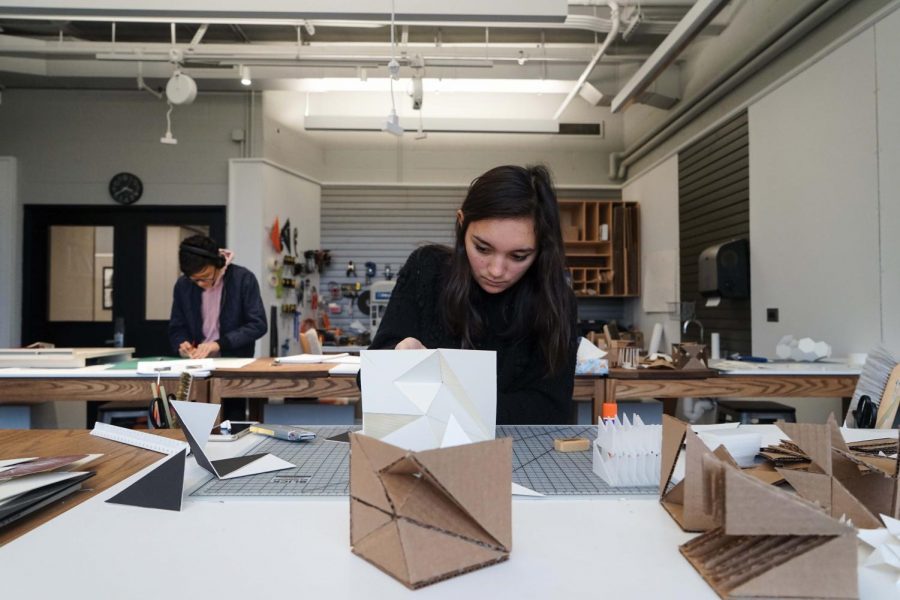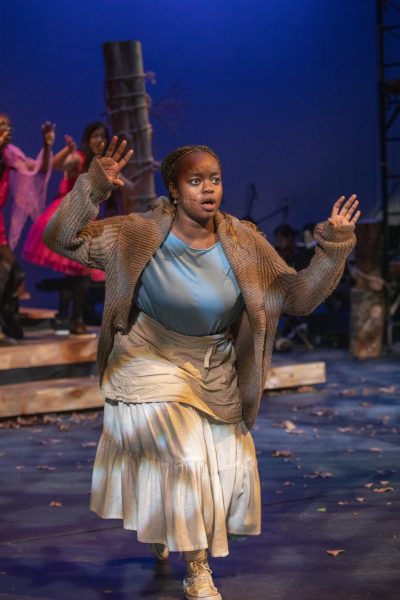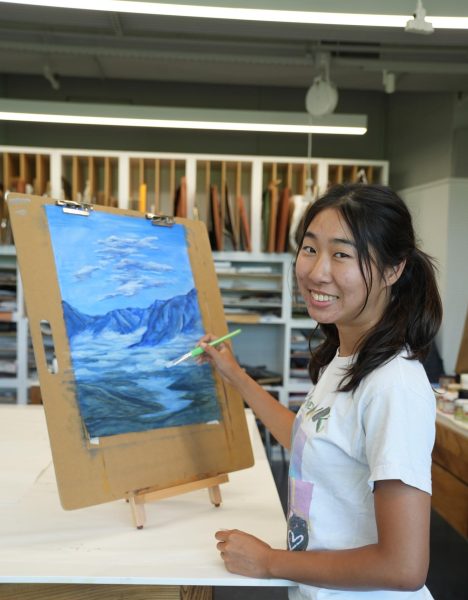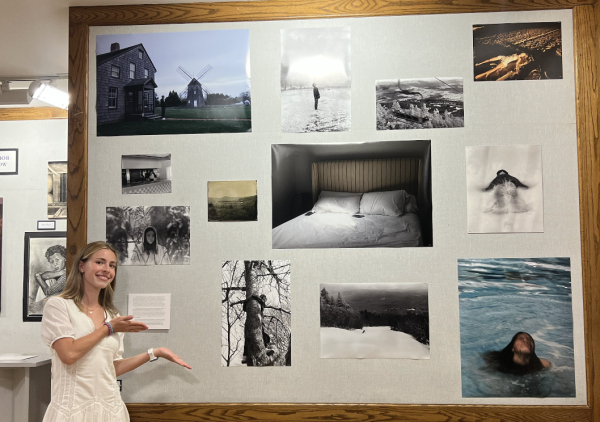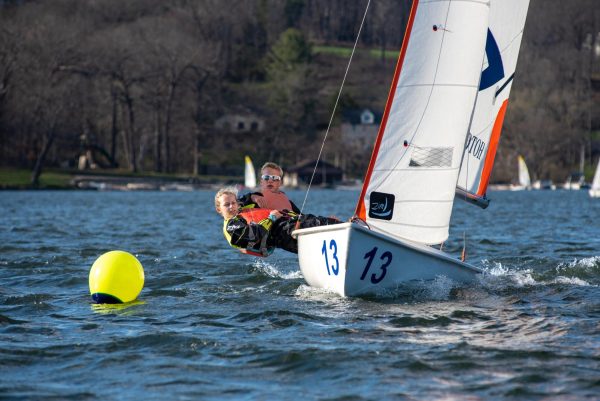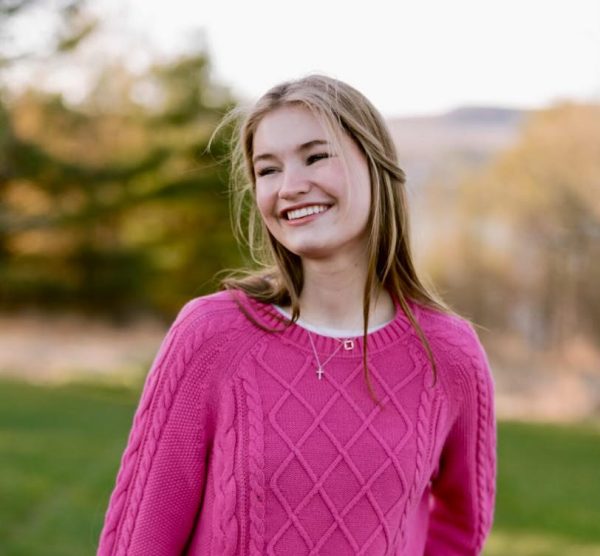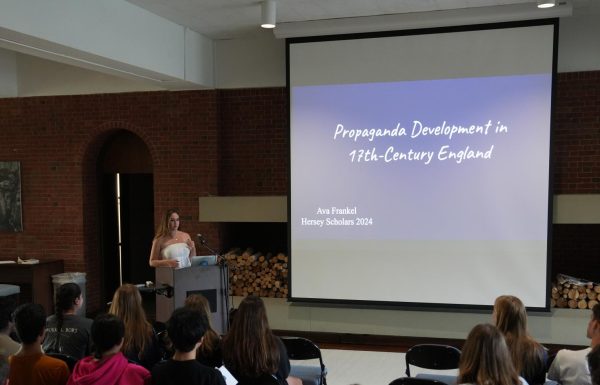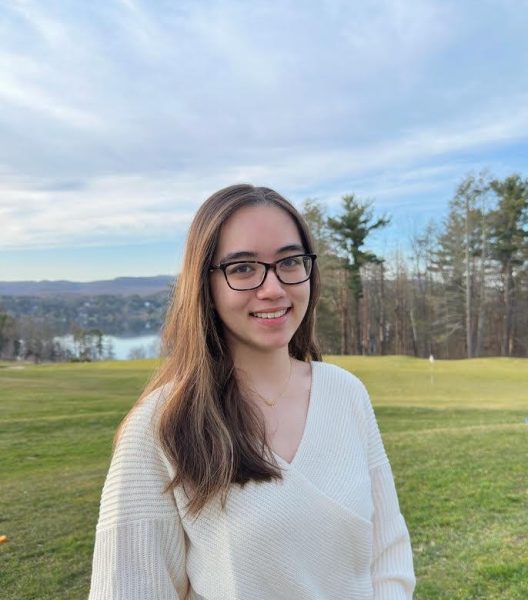The Arts at Hotchkiss: Architecture
Jacqui Rice ’20 constructs a model for her sculpture project.
Architecture allows students to explore a discipline firmly grounded in both aesthetics and pragmatism.
The class is open to all upperclass students, regardless of their previous experience in the arts. It focuses on industrial architecture and emphasizes problem-solving in three-dimensional space, incorporating concepts such as energy efficiency. For example, the class addresses architectural challenges in response to natural disasters and the class learns about real-world green residential buildings.
Throughout the year-long course, students will complete multiple projects focusing on different types of architecture. The class is currently working on a sculpture project in which students explore the inner space of a cube. Mr. J. Bradley Faus, visual art program director and instructor of the course, expressed his excitement about upcoming projects. He said, “We’re doing a sustainable living project later…where students will design a 1000-square-feet efficient living space. I’m also hoping to bring back the Noguchi lamp project, which is inspired by the mid-century style of Japanese-American sculptor Isamu Noguchi.”
Instead of using traditional architectural materials in many projects, Mr. Faus has opted for simpler, more accessible building materials, such as paper. In addition, the class has taken advantage of the laser cutters in the EFX lab. Mr. Faus said, “These simple materials – paper strips – create less of a distraction to the open-ended, high concept of the design. And the technologies from the EFX lab helped us save a lot of time from cutting pieces manually.”
Nina Sukonrat ’20, who took the class last year and is currently working on an independent project in architecture, says the course inspired her to reflect on contemporary issues. She said, “After learning about the [energy] efficiency last year, I realized just how many buildings in Thailand are energy inefficient. I really hope that I can help resolve these issues one day with my study in architecture.”
The innovation of Mr. Faus’s students continues to impress him. He said, “Because everyone…thinks differently, they have such unique approaches to problem-solving. There are never two designs that are the same. There is more than one right solution to every problem, and I hope my architecture students…bring the same innovative thinking [I see in our class] into their other classes and beyond Hotchkiss.”
In order to complement their work in class with real-world experience, students in the class will visit local construction sites and architectural sites in New York City during the second semester.

